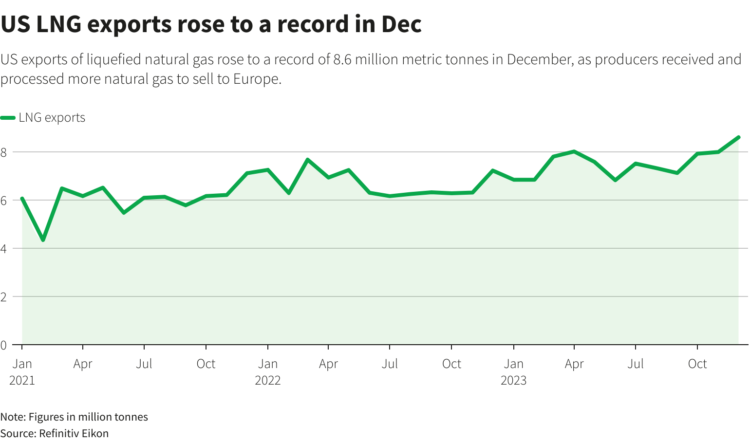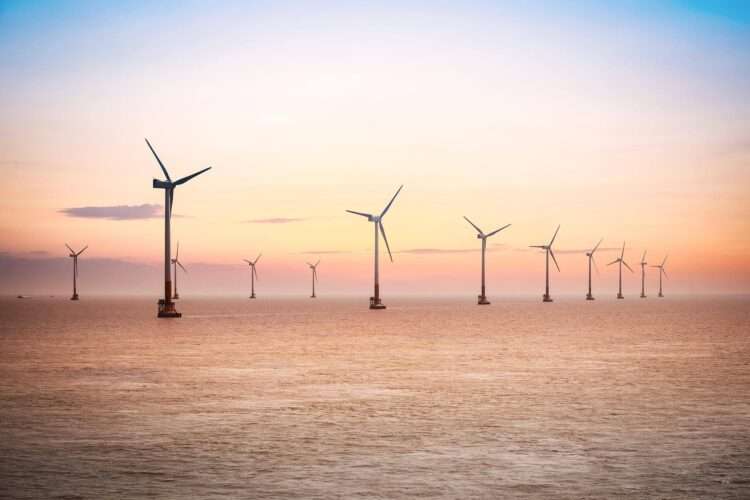
Ørsted Greenlights Seventh US Offshore Wind Farm as it Gets BOEM Approval
Via Maritime Executive The U.S. continues to push forward with its efforts to develop renewable offshore wind energy with the Biden administration highlighting that it has approved the seventh offshore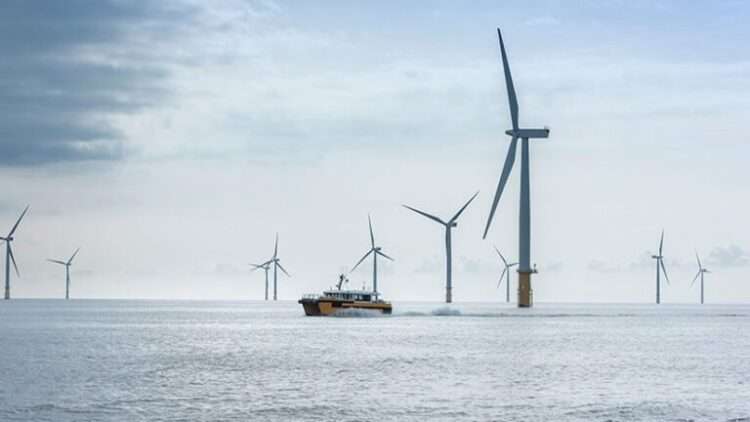
Study Reveals US Offshore Wind Projects Could Lower Costs, Bolster Grid Reliability
Via gCaptain The U.S. Department of Energy (DOE) has released the findings from a two-year-long study evaluating transmission options to support offshore wind energy deployment along the East Coast. The
U.S. crude oil exports reached a record in 2023
Via AJOT U.S. crude oil exports established a record in 2023, averaging 4.1 million barrels per day (b/d), 13% (482,000 b/d) more than the previous annual record set in 2022.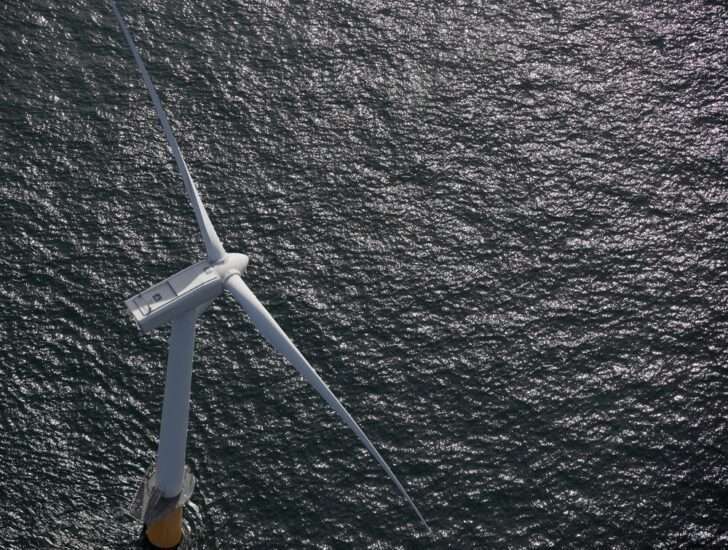
First Offshore Wind Farm Approved to Connect to New York’s Grid
Via Reuters Energy firm Equinor on Wednesday announced the first Federal Energy Regulatory Commission (FERC) approval for an offshore wind project to connect directly into the New York City transmission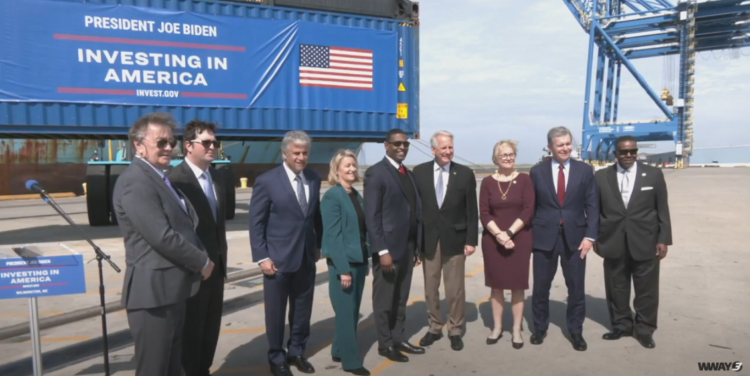
U.S. EPA Launches $3B Clean Ports Fund
Via the Maritime Executive The U.S. Environmental Protection Agency has launched a much-anticipated funding round for zero-emission port infrastructure and equipment. With financing from the Inflation Reduction Act, the EPA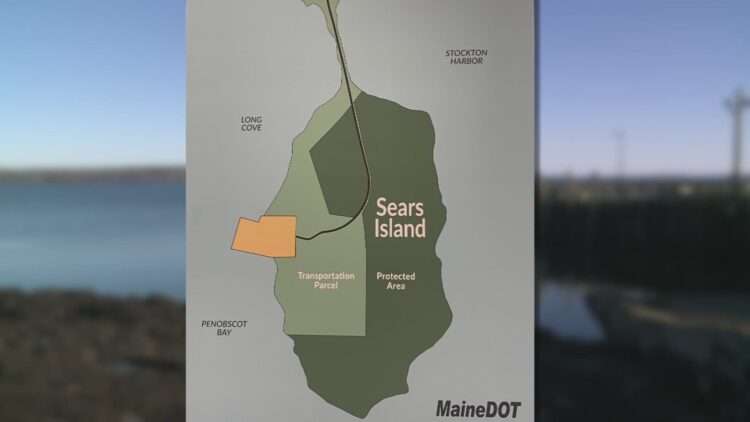
Maine wants to lead in offshore wind. The state’s governor says she has location for a key wind port
By Patrick Whittle Via the Associated Press A state-owned site on the coast of Maine will serve as the location of an offshore wind port critical to developing the nation’s firstBiden Administration Finalizes Two Offshore Wind Areas in Oregon
By Mike Schuler Article courtesy of gCaptain The Bureau of Ocean Energy Management (BOEM) has designated two final Wind Energy Areas (WEAs) offshore Oregon, totaling approximately 195,012 acres, for the future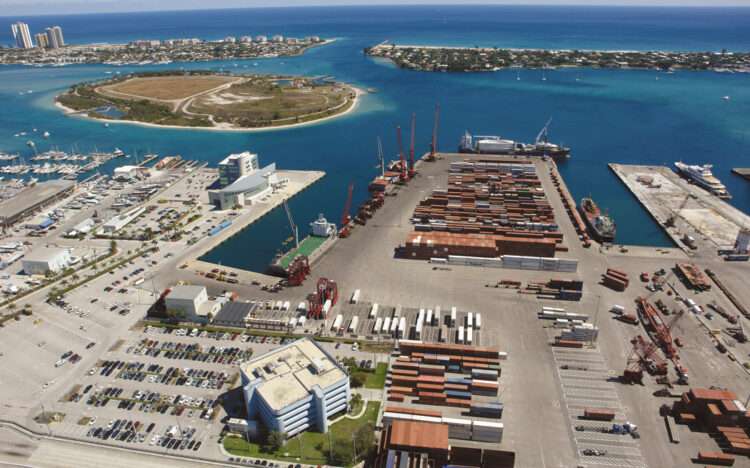
Maps, data show how near-term climate change could affect major port cities on America’s East Coast
By Rachel Gold, Scott Pham Article courtesy of CBS News What would happen if East Coast shipping ports were underwater and out of operation? Supply chains across the nation rely on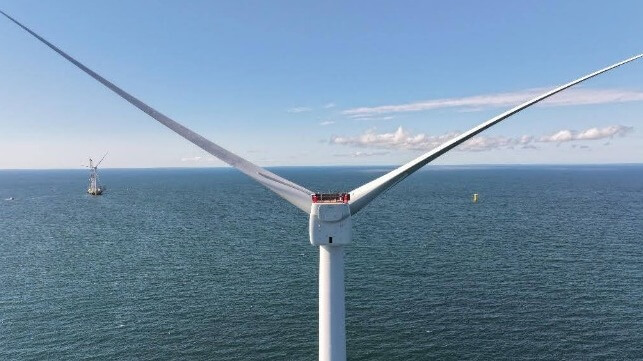
Vineyard Wind Delivers Power as First Large US Offshore Wind Farm
Article courtesy of Maritime Executive. The United States’ first large-scale offshore wind farm delivered its first power onto the Massachusetts’ grid late on Tuesday and while mostly ceremonial it still